Today we’re interviewing our Chief Scientist, Dr. Sam Purkis, about his latest research paper, which measured the size of the 2022 eruption of a submarine volcano in Tonga and the resulting tsunami.
Published in this month’s issue of Science Advances, the study found that the volcanic explosion in Tonga was the largest natural explosion in more than a century. The explosion was so large that it produced a tsunami that at one point was as tall as a 20-story building and was similar in size to the explosion of Krakatoa in 1883.
Q: What led you to do this research on the tsunami that hit Tonga last year?
A: It was the event itself that led us to start this study. We began work immediately, on Jan. 16th, 2022. We realized that the event which had just occurred in Tonga was of such a large magnitude that it was unique in the modern era.
Q: What did you find?
A: We found that the the Hunga Tonga-Hunga Ha’apai (HTHH) volcanic eruption in January 2022 generated a catastrophic tsunami, and contends for the largest natural explosion in more than a century.
So fierce was the eruption, it easily rivals the eruption of Krakatau (also known as Krakatoa) in 1883. The yield of the explosion that created the tsunami was at least 15 megatons, more powerful than the largest U.S. nuclear explosion. One minute after the detonation, the tsunami wave was up to 85 m (280 ft) high! Tsunami waves ran up the coast of Tofua Island to a height of 45 m (~150 ft).
Whereas the death toll from Krakatoa exceeded 36,000 lives, only a small number of people were lost to this 2022 tsunami. The main factors that led to this, we suggest, are the quirk of the location, the COVID pandemic, and increased evaluation drills and awareness efforts carried out in Tonga in the years prior to the eruption.
Q: How were you able to measure the size of the tsunami?
A: As well as being a Professor at the University of Miami, I serve as Chief Scientist to the Khaled bin Sultan Living Oceans Foundation. By coincidence and luck, the Foundation surveyed the reefs of Tonga in 2013, including making high-resolution bathymetry maps. At the time, we created these maps for the purpose of coral reef conservation. Key to the modeling of any tsunami is good bathymetry data. When the volcano erupted in Jan. 2022, we already had the Foundation’s bathymetry in hand and could therefore start work immediately.
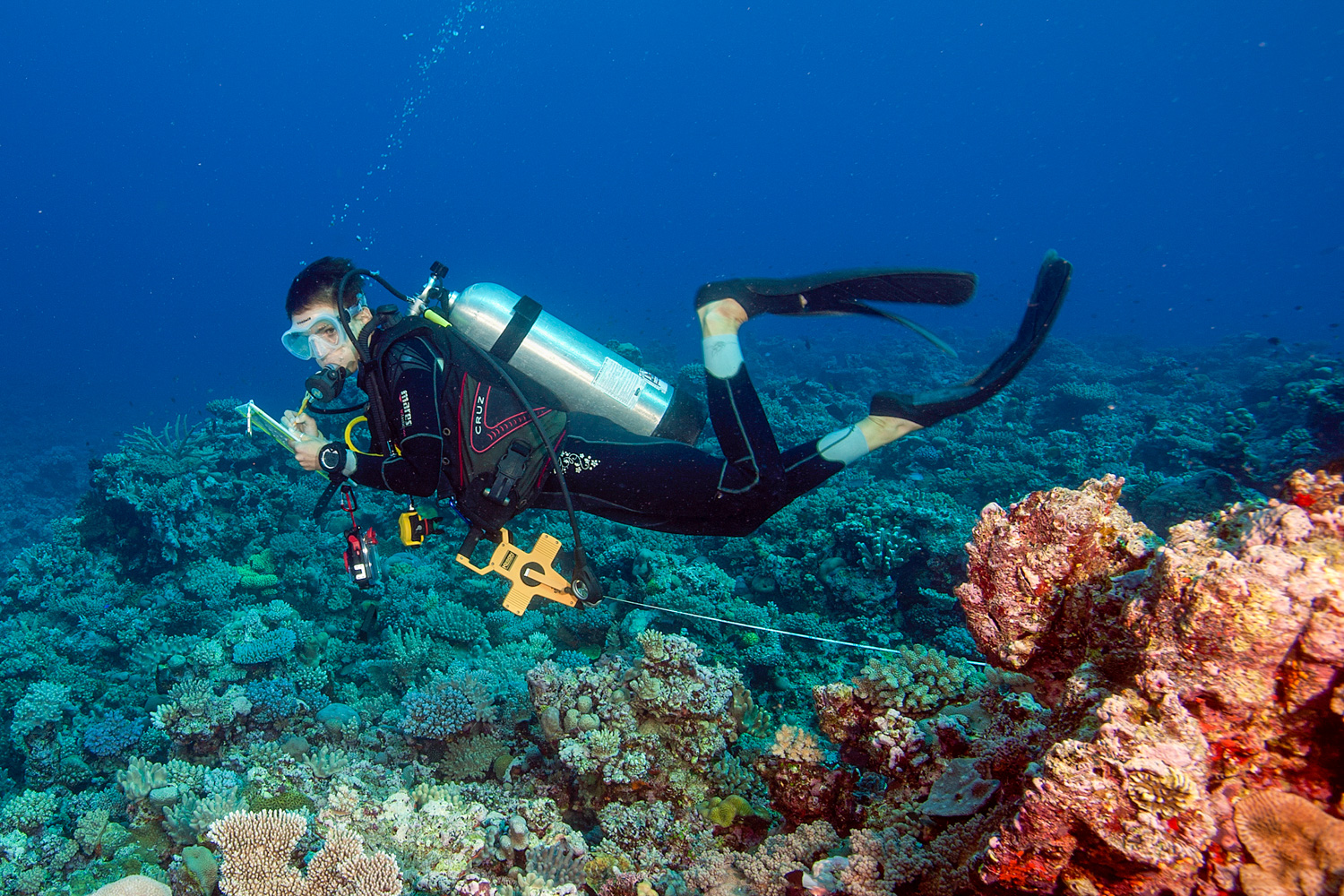
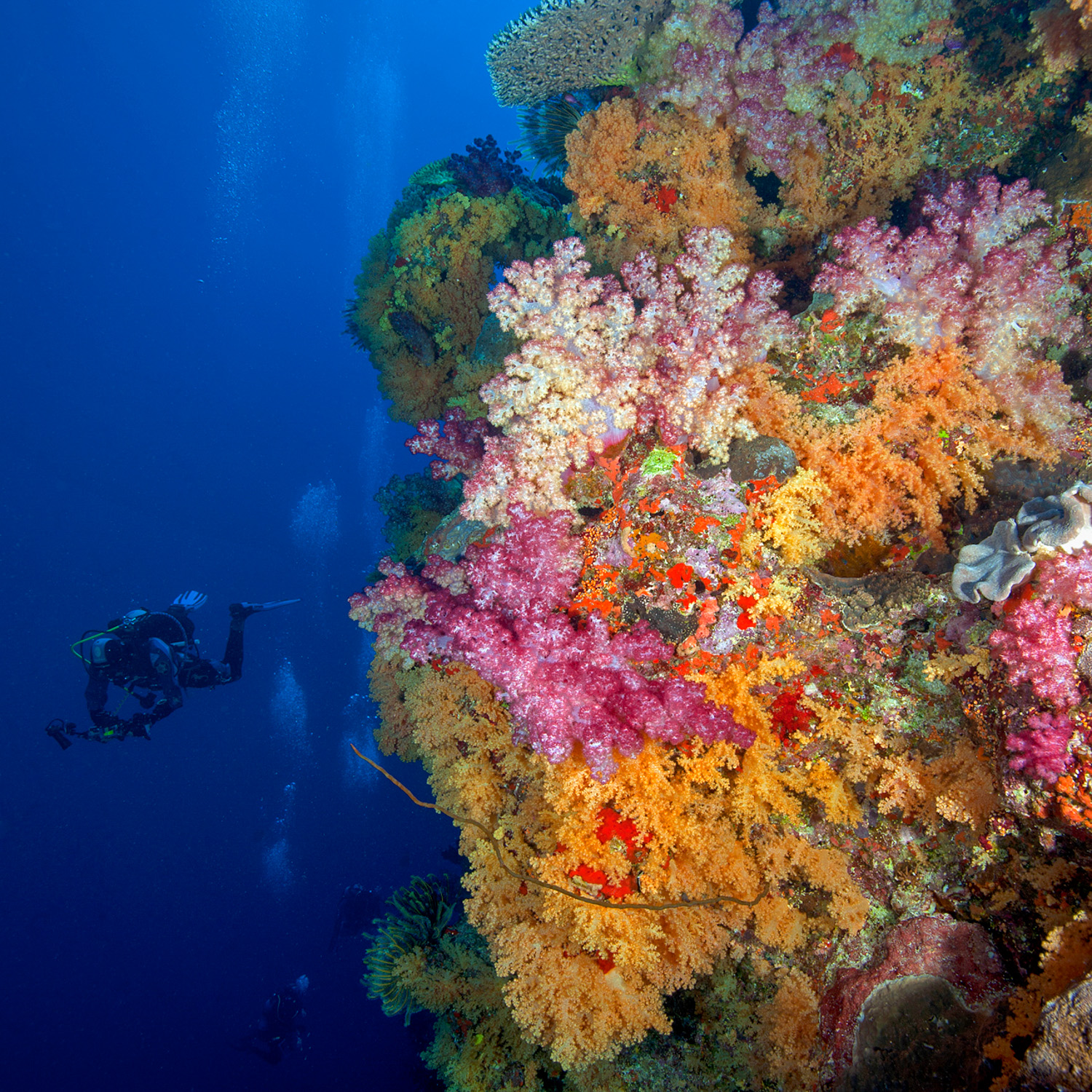
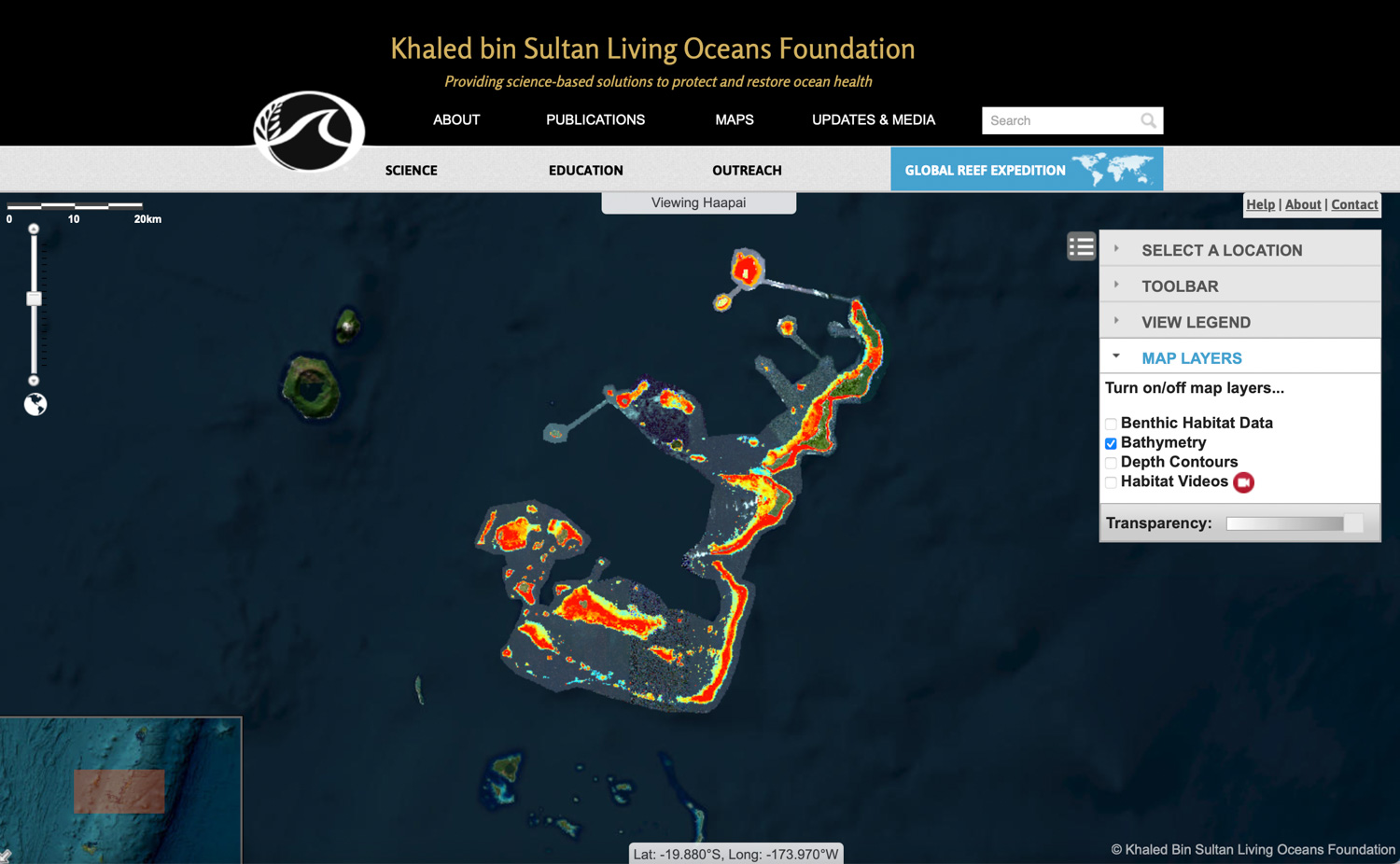
Q: Why do you compare the explosion of the submarine volcano in Tonga to a nuclear explosion?
A: We compare to nuclear explosions for two reasons. First, atomic weapons are the only source of human-induced explosions that can rival the magnitude of this natural event. Second, and for this reason, the physics of nuclear blasts apply to this volcanic detonation, and we therefore used nuclear blast theory in our simulation of how the tsunami was generated and propagated.
Q: What was the highlight of your research study?
A: For me, the highlight of the study was when we received the drone images from co-author Shane Cronin at the University of Auckland. Shane and his team were among the first scientists to arrive in Tonga after the volcanic eruption. Our simulation had predicted that waves ran up the flanks of Tofua Island to a height of 45 m. This was hard to believe. Then, the drone images from Shane arrived in Miami and we could plainly see that our prediction was indeed correct. It was then clear that we were dealing with an event in the league of “mega-tsunami”.
It is the inclusion of these field data in our study which stands our work apart from that which has gone before. We could calibrate our simulation with the field measurements to ensure that our prediction was accurate and valid.
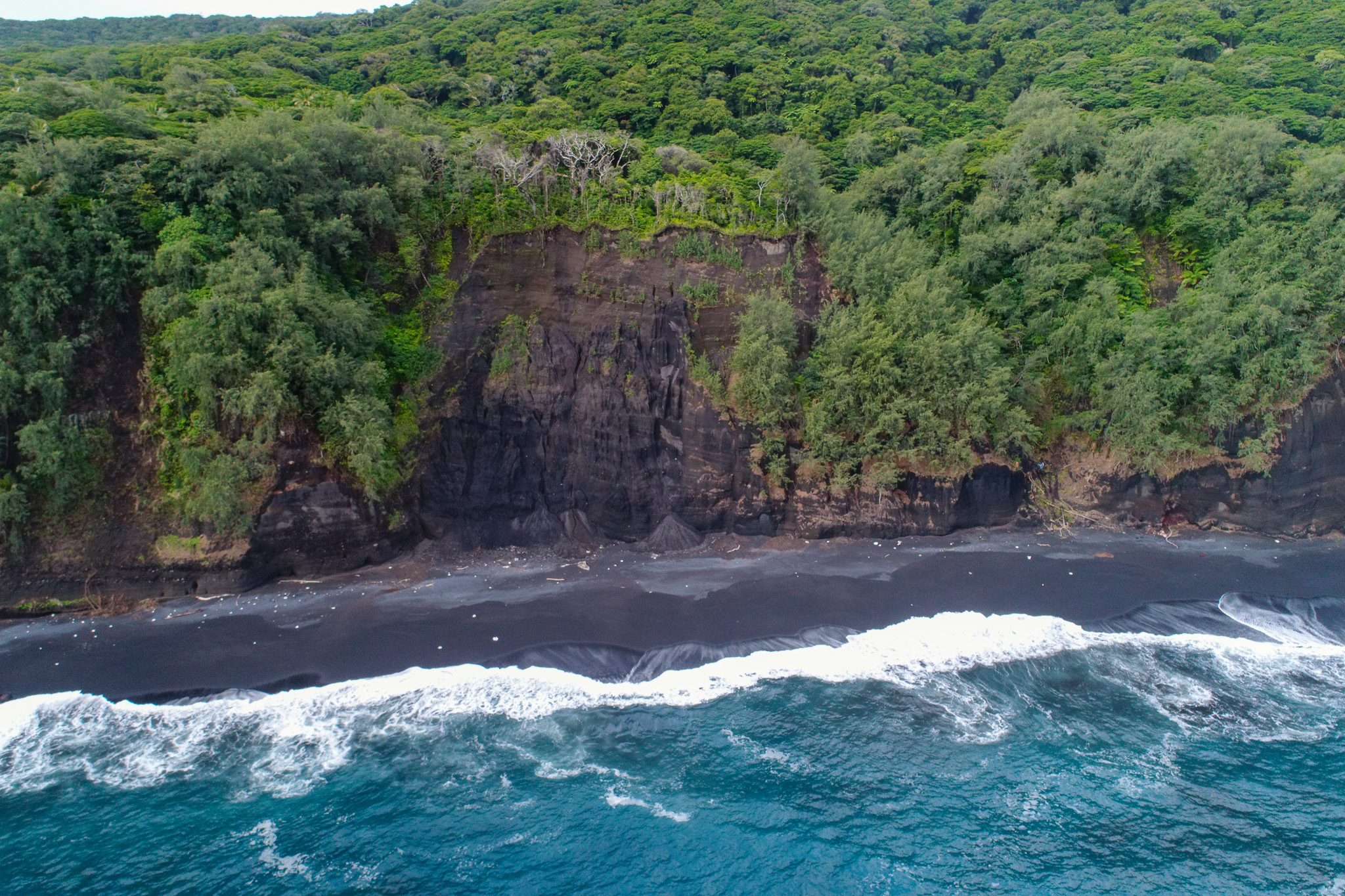
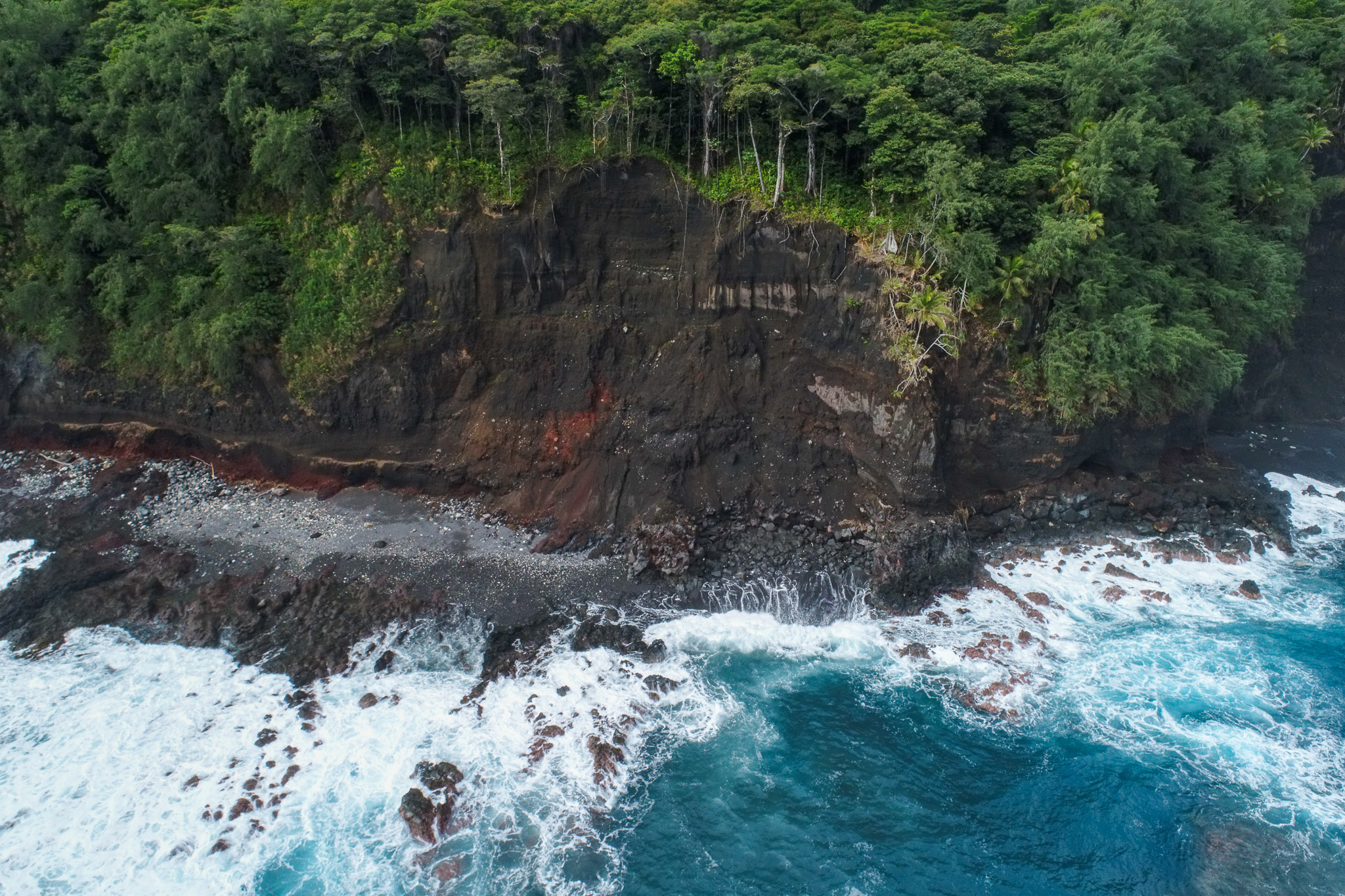
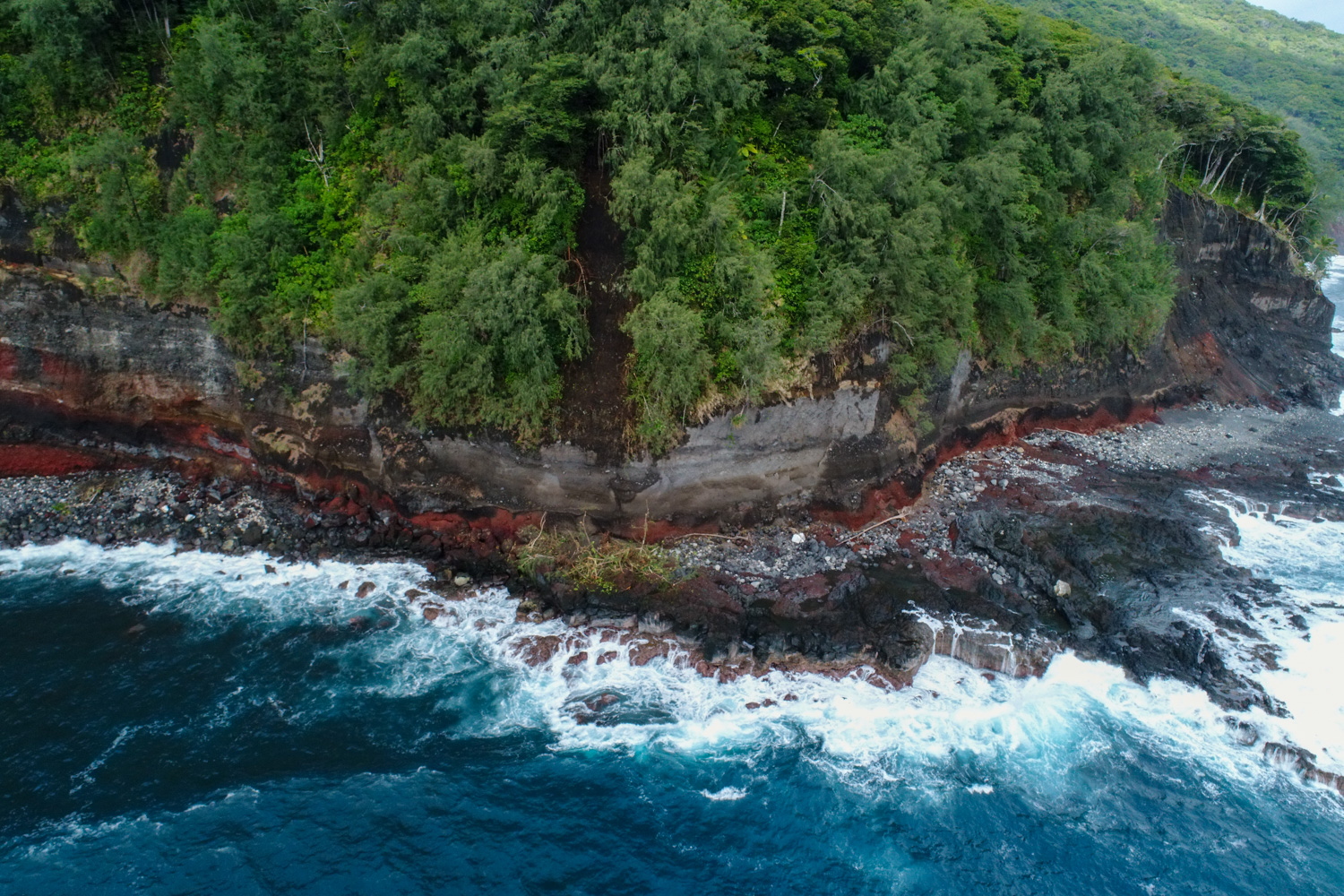
Drone shots showing the damage to the coastline Tofua, the island in Tonga which received the largest tsunami wave. Image courtesy of co-author, Dr. Shane Cronin (University of Auckland).
Q: Can this research help keep people safe from future tsunamis?
A: This 2022 event allows us to observe a submarine volcanic explosion and its aftermath in real time and in immense detail. Obscured from casual view, submarine volcanos are much harder to monitor than volcanos on land. Our study provides a guide as to the behavior of submarine volcanos in the run-up to a tsunami-generating explosion. We showed how a series of small blasts hailed the arrival of the “big one” which generated the largest tsunami. These findings advocate that strategically placed acoustic and seismic detectors are likely an effective means of keeping tabs on submarine volcanos.
This research informs the size of waves that can be generated when underwater volcanos erupt, how they propagate across the ocean and interact with shallow coastal areas, and how the waves run-up on the coastline. This is all critical information for future disaster preparations.
Also, the work allows us to better understand similar eruptions and subsequent tsunami as preserved in antiquity and in the geologic record. Tonga makes for a particularly compelling case study as substantial evidence exists for tsunami inundating large areas of Tongatapu (the main island in Tonga) in precolonial history. Archaeological evidence pins a major tsunami in the mid-15th century with run-up heights up to 30 m. The powerful Tu’i Tonga kingdom that then existed was severely impacted, and an oral history remains more than 500 years later.
We believe the 2022 Hunga Tonga-Hunga Ha’apai tsunami to be of similar scale.

Dr. Sam Purkis
Dr. Sam Purkis is the Chief Scientist at the Khaled bin Sultan Living Oceans Foundation. He is also a professor and chair of the Department of Marine Geosciences at the University of Miami’s Rosenstiel School of Marine, Atmospheric, and Earth Science.
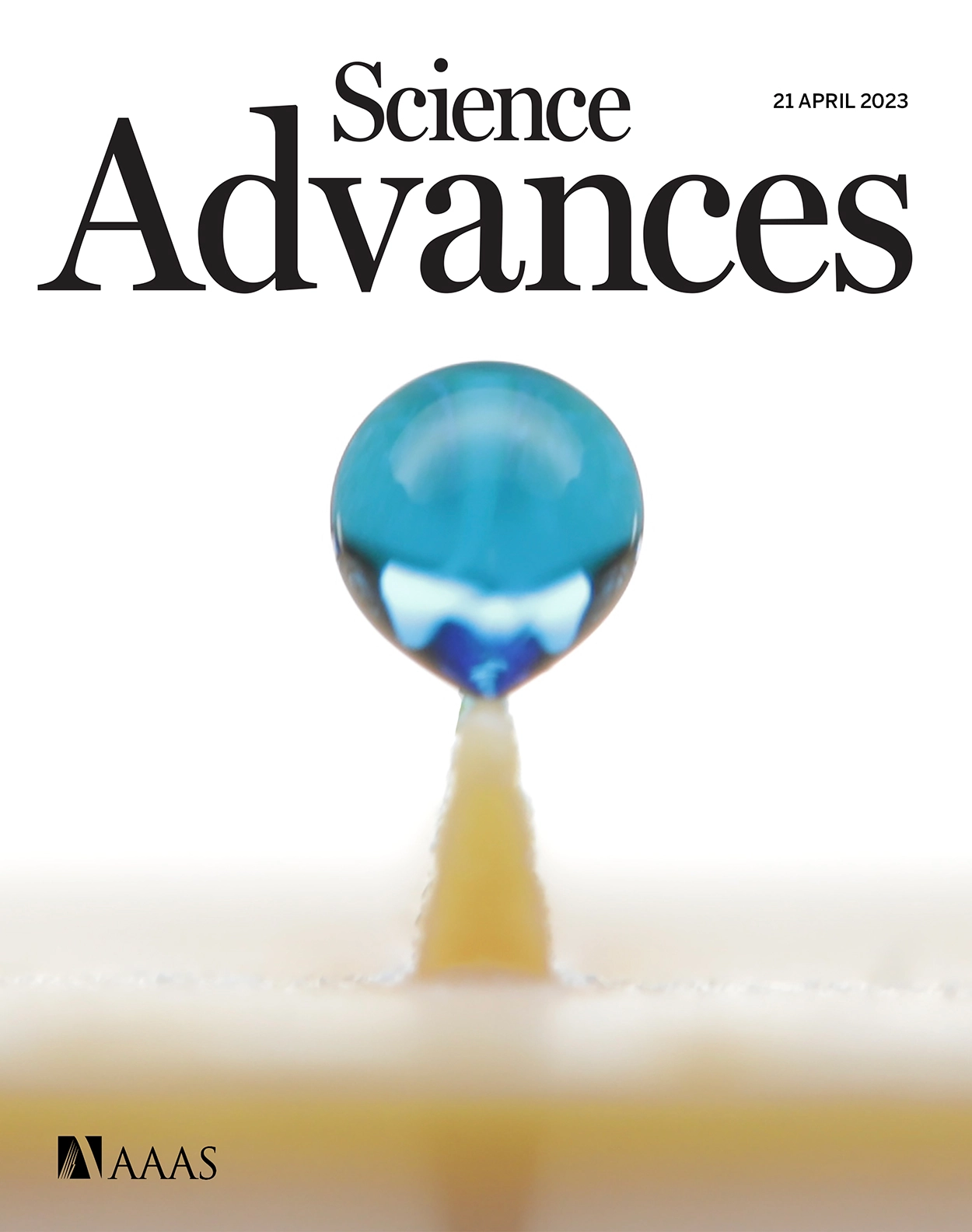
About the Study
The study, titled “The 2022 Hunga-Tonga Megatsunami: Near-Field Simulation of a Once-in-a-Century Event,” was published in the April issue of Science Advances.
It has been featured in a number of high-profile news outlets, including the Washington Post, Popular Science, and Nature.


